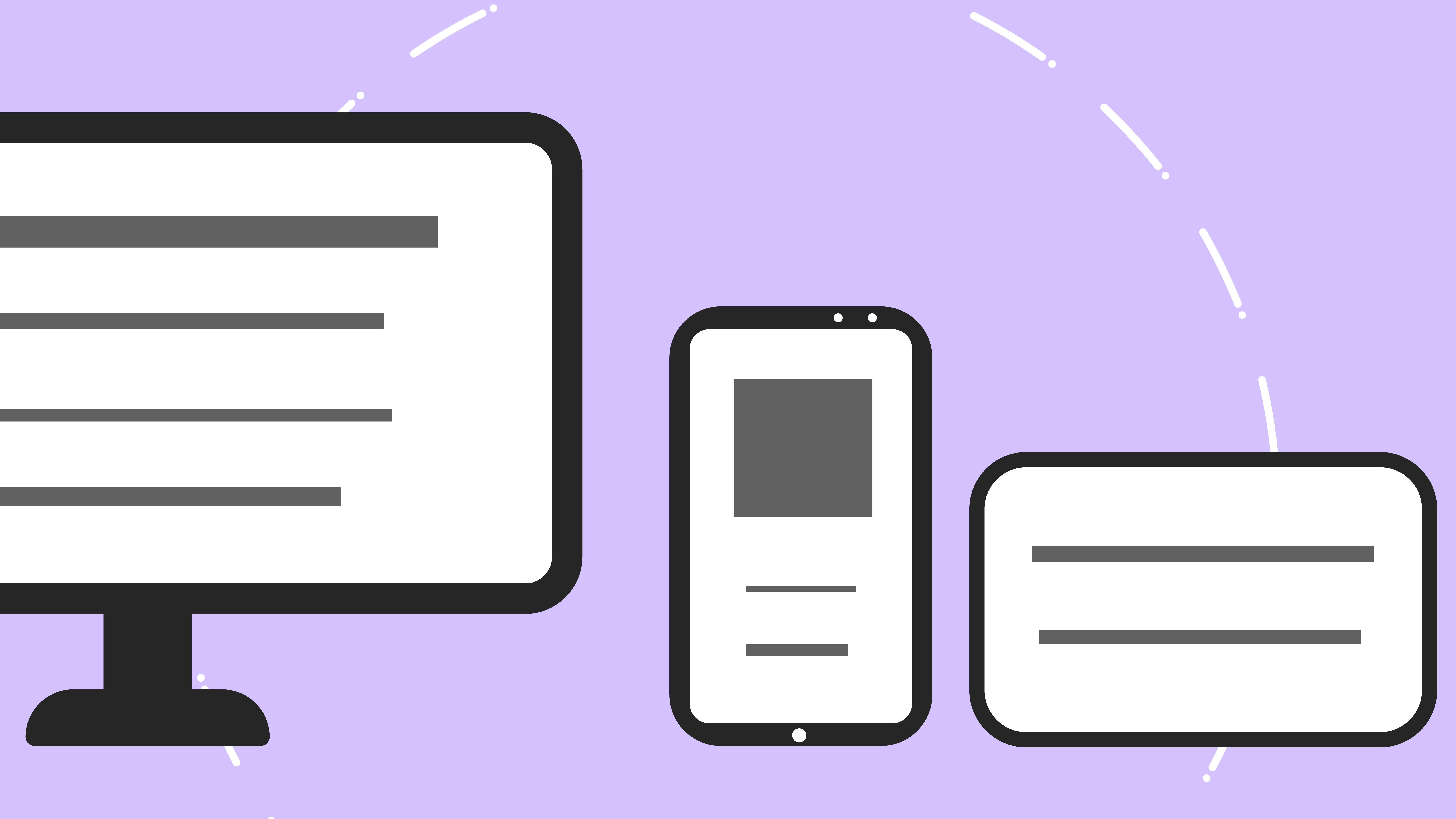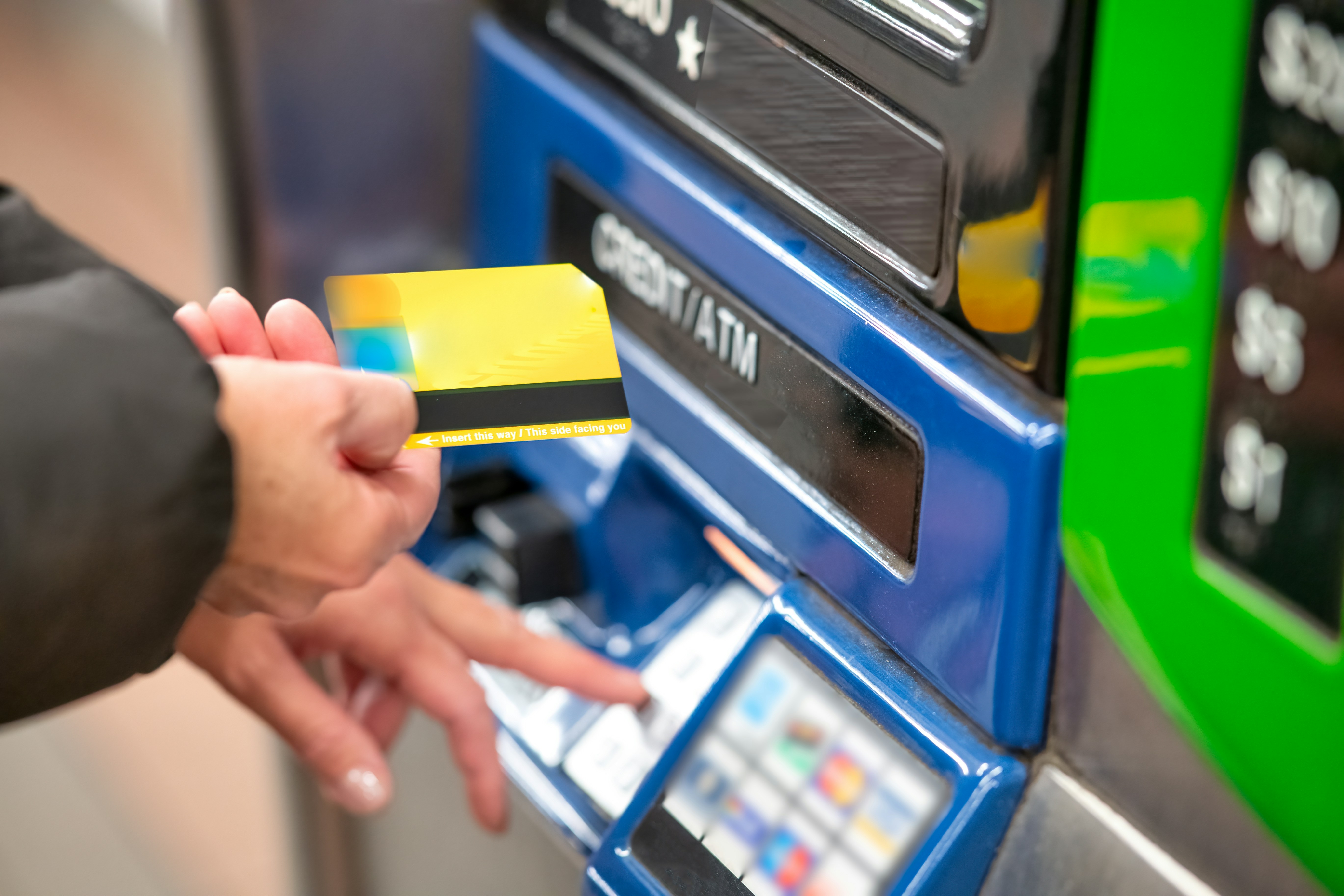A credit card statement is a detailed record of your credit card activity over a specific period, typically one month. It provides an overview of your spending, payments, interest charges, and fees. Understanding how to view and interpret your credit card statement is crucial for effective financial management. This blog will guide you through the process of accessing your credit card statement, explain its components, and address common questions.
Apply for your new Airtel Axis Bank Credit Card by Airtel Finance from the Airtel Thanks app today! Get benefits such as low joining fees, low interest rates, relaxed eligibility criteria and much more.
Methods to Access Your Credit Card Statement
There are several ways to view your credit card statement. The most common methods include online banking, mobile banking apps, email, and physical mail.
1. Online Banking
Most credit card issuers provide online banking platforms where you can easily access your statements. Here’s how to do it:
- Log in to your online banking account using your credentials.
- Navigate to the section for credit cards or statements.
- Select the statement period you wish to view.
- Download or view the statement in PDF format.
2. Mobile Banking Apps
Many banks offer mobile apps that provide easy access to your credit card statements. To view your statement using a mobile app:
- Open the banking app and log in.
- Go to the credit card section.
- Look for an option to view statements or recent activity.
- Select the desired statement period to view or download it.
3. Email Statements
Some banks offer the option to receive your credit card statement via email. To opt for this service:
- Log in to your online banking account.
- Go to the settings or preferences section.
- Opt-in for email statements.
- Check your email for the statement when the billing cycle ends.
4. Physical Mail
If you prefer receiving your statement by mail, your credit card issuer can send it to your registered address. Ensure that your mailing address is up-to-date to avoid missing statements.
Read more: CIBIL score for credit card – minimum and maximum
Components of a Credit Card Statement
Understanding the different sections of your credit card statement can help you manage your finances more effectively. Here are the key components:
1. Statement Period
This section indicates the start and end dates of the billing cycle. It’s important to check these dates to understand which transactions are included.
2. Payment Due Date
The payment due date is the last date by which you must pay at least the minimum amount to avoid late fees and penalties.
3. Total Amount Due
This is the total amount you owe for the billing cycle, including all transactions, fees, and interest charges.
4. Minimum Payment Due
The minimum payment due is the smallest amount you must pay by the due date to keep your account in good standing.
5. Credit Limit and Available Credit
Your credit limit is the maximum amount you can charge on your credit card. The available credit is the remaining amount you can spend after accounting for the outstanding balance.
6. Transaction Summary
This section lists all the transactions made during the billing cycle, including purchases, payments, cash advances, and any fees or interest charges.
7. Interest and Fees
This part details any interest charges and fees incurred during the billing cycle, such as late payment fees, annual fees, or cash advance fees.
8. Rewards Summary
If your credit card offers rewards, this section will show the rewards earned, redeemed, and the remaining balance.
Read more: How to get a credit card with a low CIBIL score in India?
How to Interpret Your Credit Card Statement
Interpreting your credit card statement correctly is essential for maintaining good financial health. Here’s how to do it:
1. Review Transactions
Carefully review all transactions to ensure they are accurate. Look for any unauthorized or incorrect charges and report them to your card issuer immediately.
2. Check Payment Details
Ensure that your payments are correctly recorded. Verify the payment due date and plan to pay at least the minimum amount by that date to avoid penalties.
3. Understand Fees and Interest
Take note of any fees and interest charges. Understanding how these charges are calculated can help you manage your credit card usage better.
4. Monitor Your Credit Utilization
Your credit utilization ratio (the percentage of your credit limit that you’re using) impacts your credit score. Aim to keep this ratio below 30% to maintain a good credit score.
Read more: Factors that determine your credit score
Benefits of Regularly Viewing Your Credit Card Statement
Regularly checking your credit card statement has several benefits:
1. Fraud Detection
Reviewing your statement helps you quickly identify and report any unauthorized transactions.
2. Financial Management
Understanding your spending habits and patterns can help you budget more effectively and avoid overspending.
3. Credit Score Maintenance
Regularly checking your statement ensures you stay on top of your payments, which is crucial for maintaining a good credit score.
FAQs About Viewing Credit Card Statements
Q1: How often is a credit card statement generated?
Credit card statements are typically generated once a month, at the end of your billing cycle.
Q2: Can I receive both paper and electronic statements?
Yes, many banks offer the option to receive both paper and electronic statements. Check with your card issuer for specific options.
Q3: What should I do if I notice an error on my statement?
If you find an error on your statement, contact your card issuer immediately to dispute the charge and resolve the issue.
Q4: Can I access past statements online?
Yes, most online banking platforms allow you to access past statements, usually for up to several years.
Q5: Is it safe to view my credit card statement online?
Yes, as long as you use secure methods such as logging into your bank’s official website or mobile app and ensure your device is protected with up-to-date security measures.
Conclusion
Viewing and understanding your credit card statement is crucial for managing your finances effectively. By regularly checking your statement, you can detect fraud, monitor your spending, and maintain a healthy credit score. Whether you prefer online banking, mobile apps, email, or physical mail, there are multiple ways to access your credit card statement. Understanding its components and how to interpret them can help you stay on top of your financial health.


 Get App
Get App  Airtel Store
Airtel Store  Login
Login 


